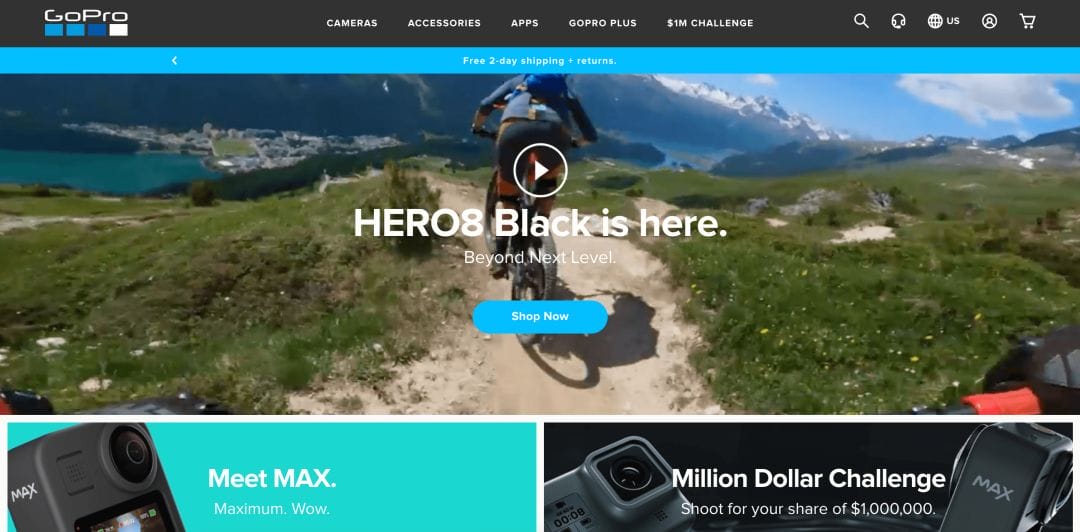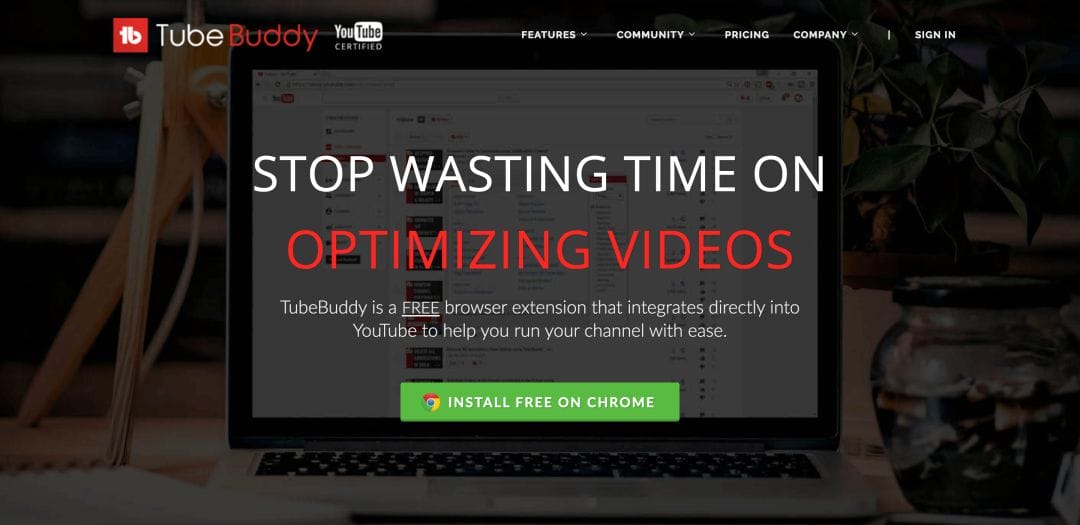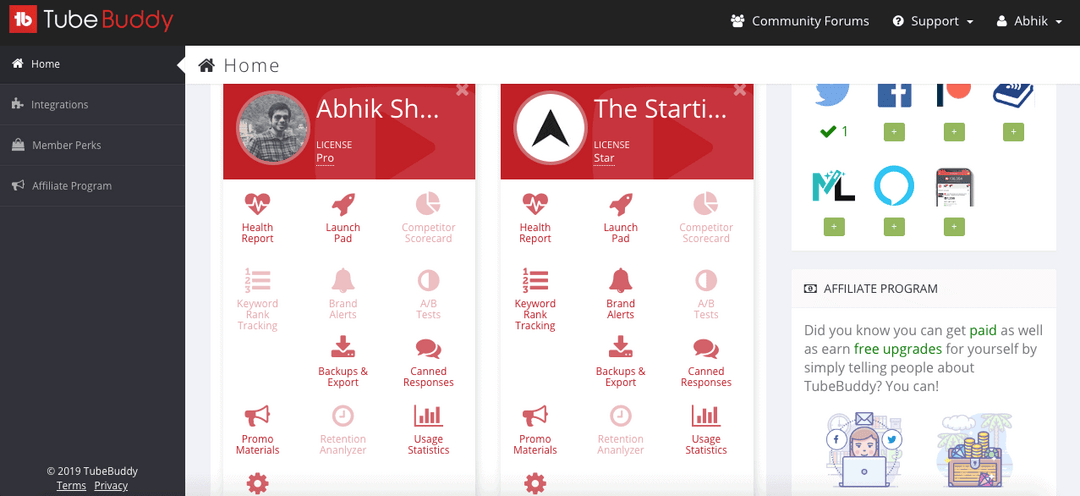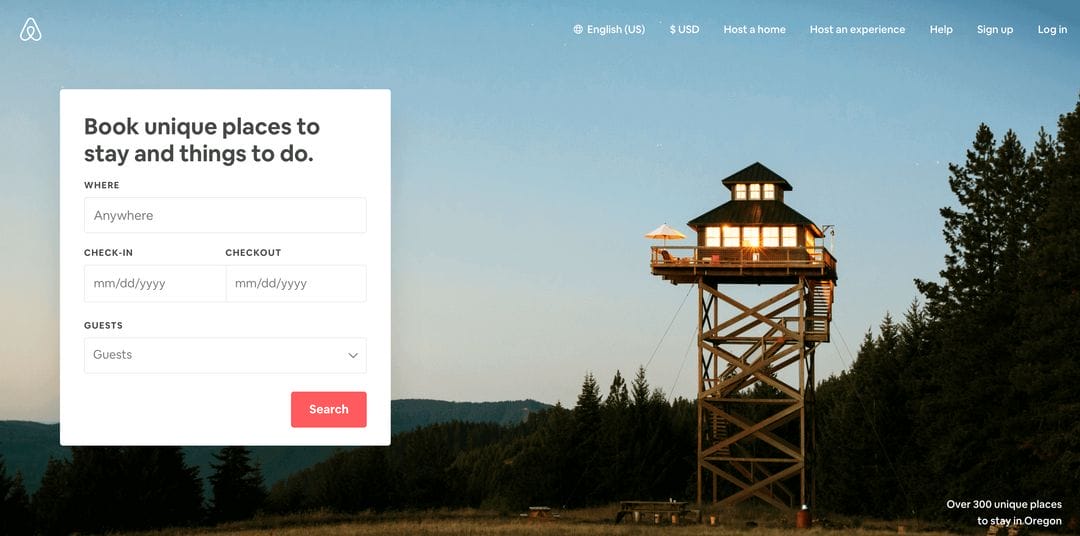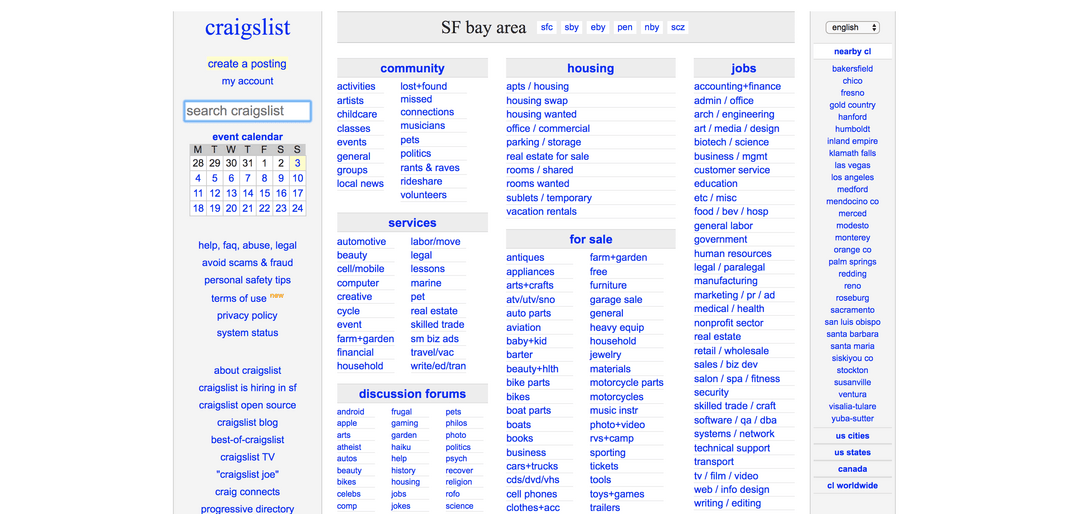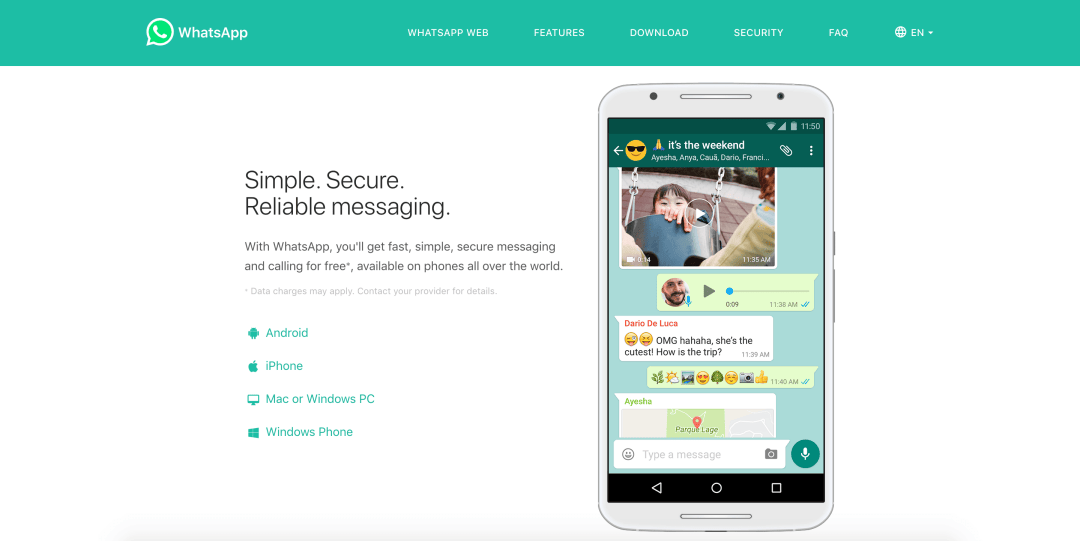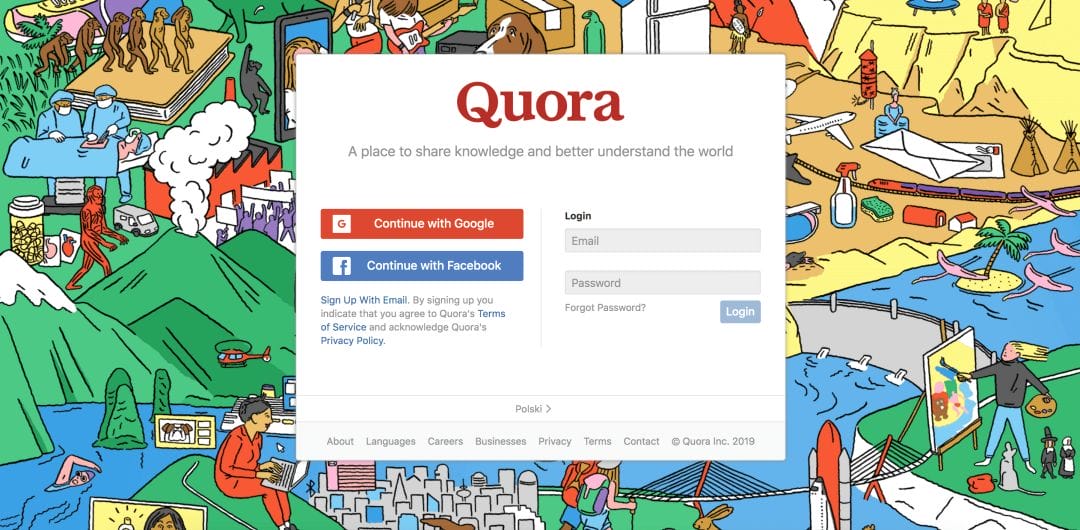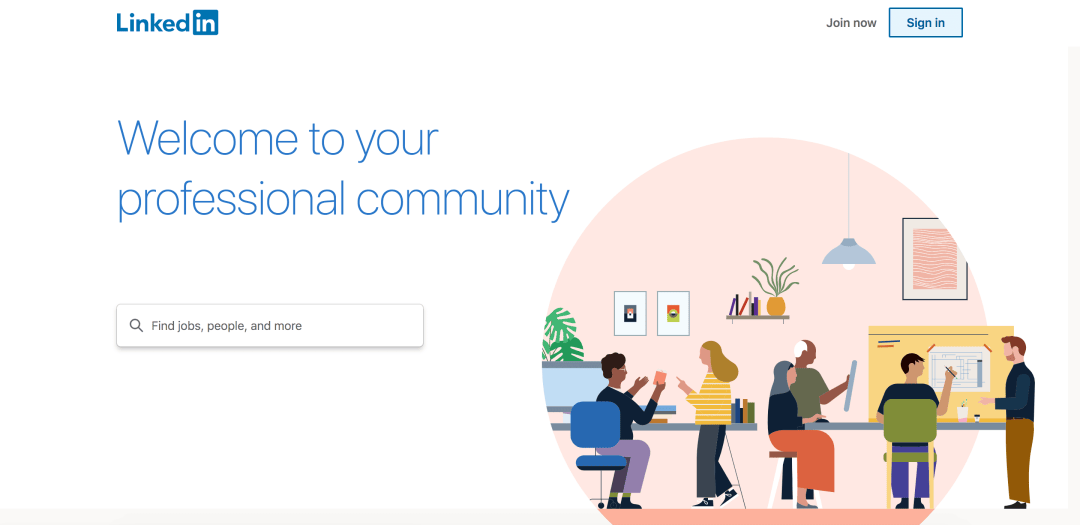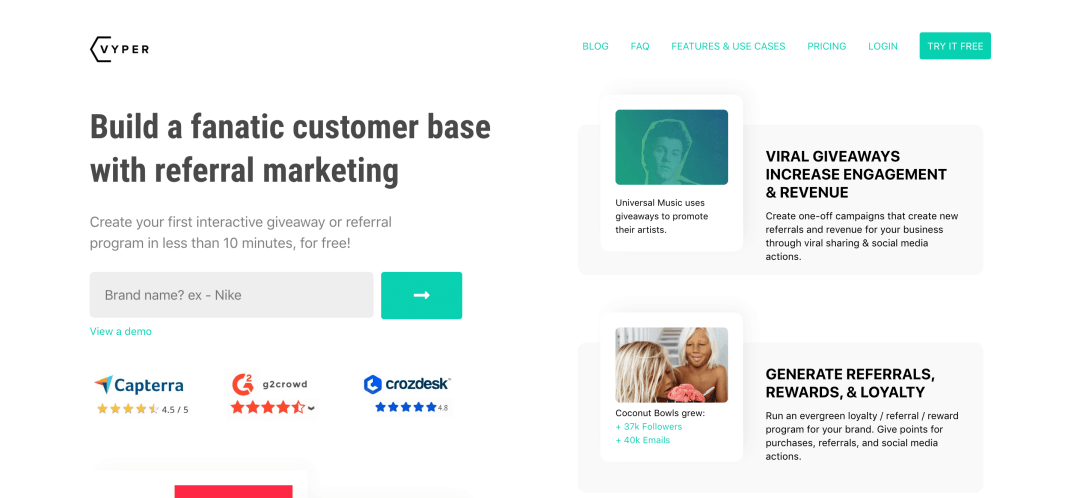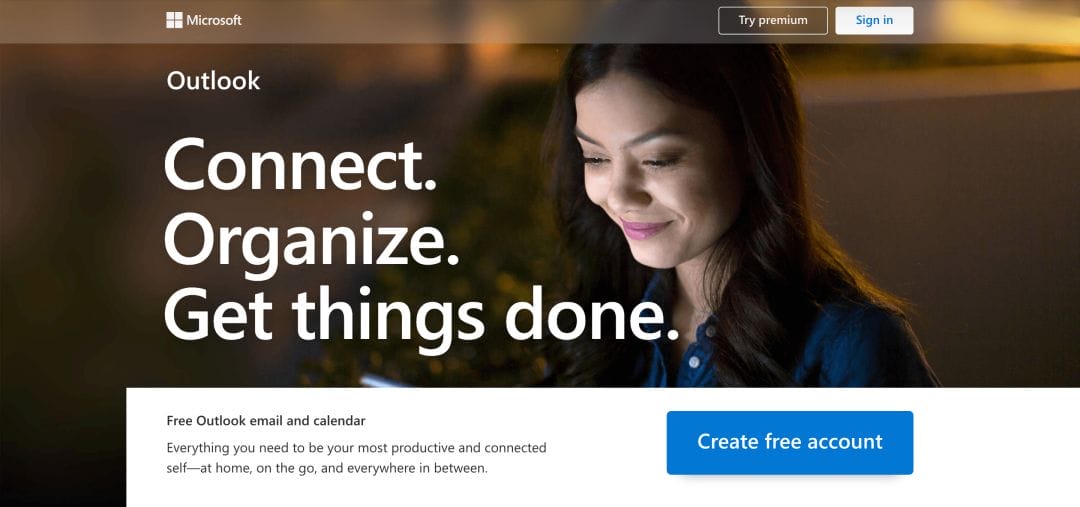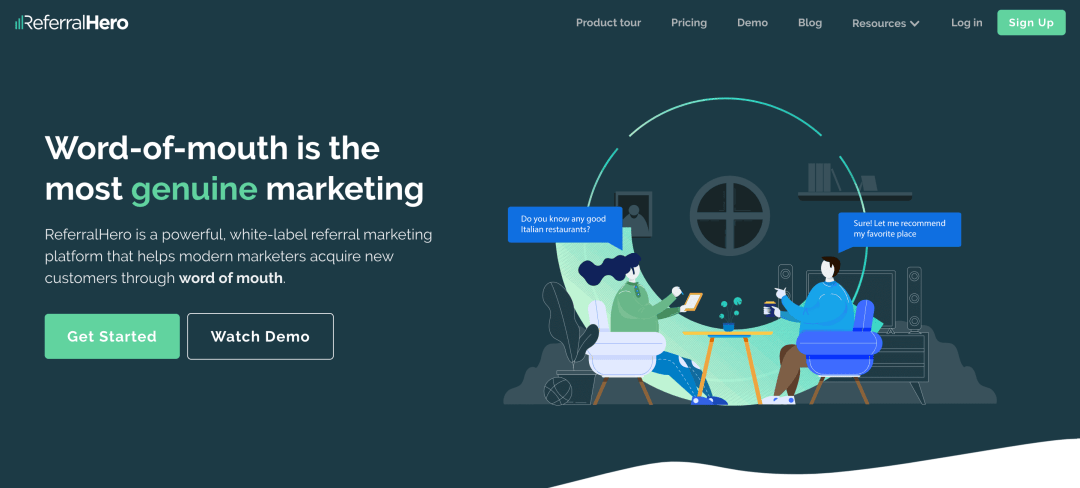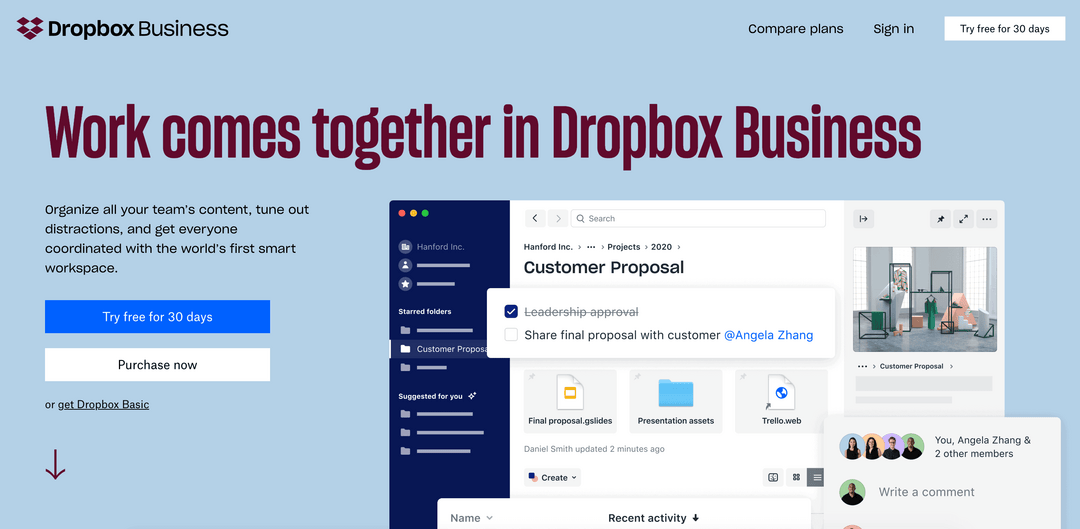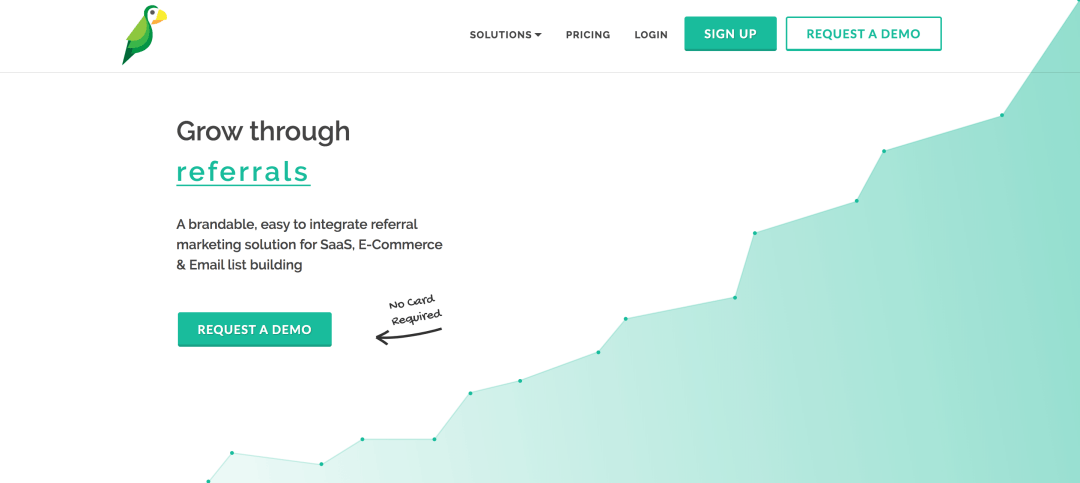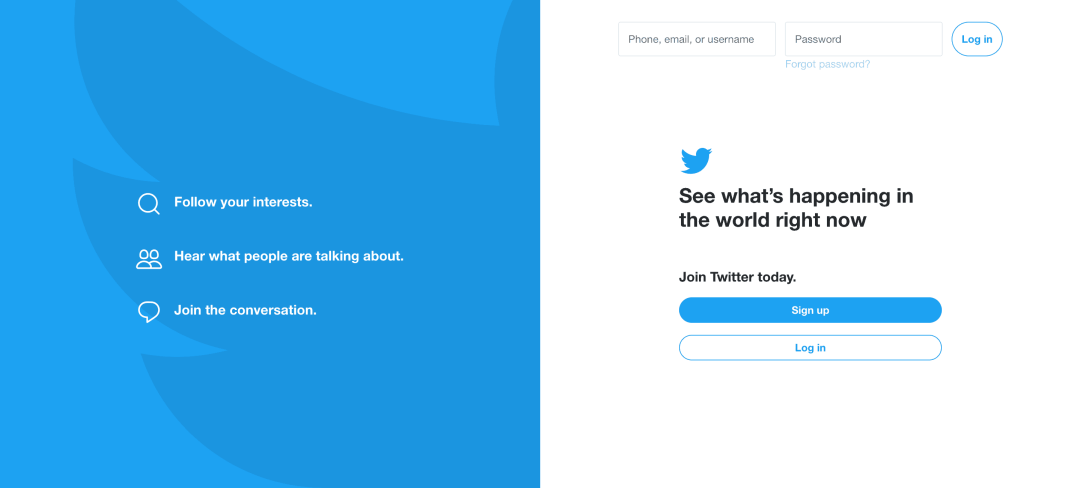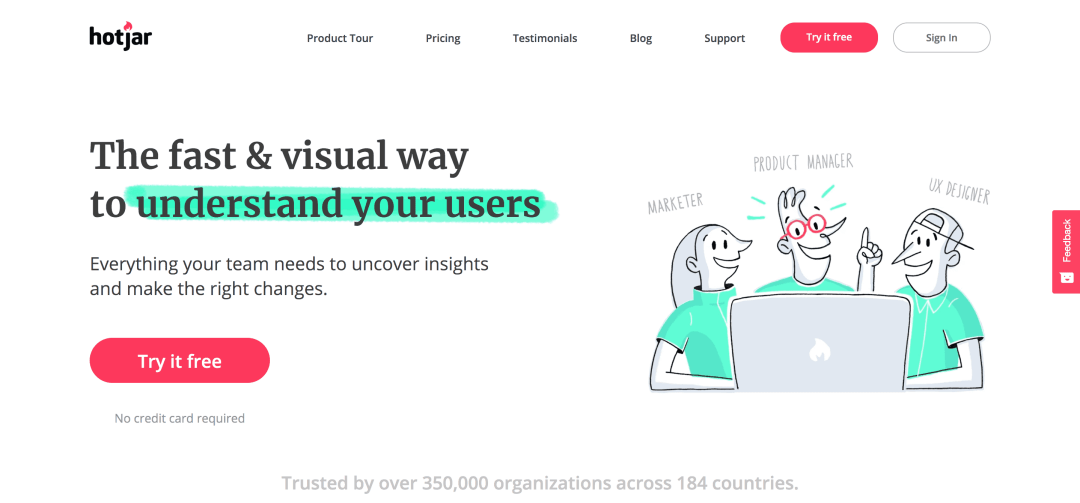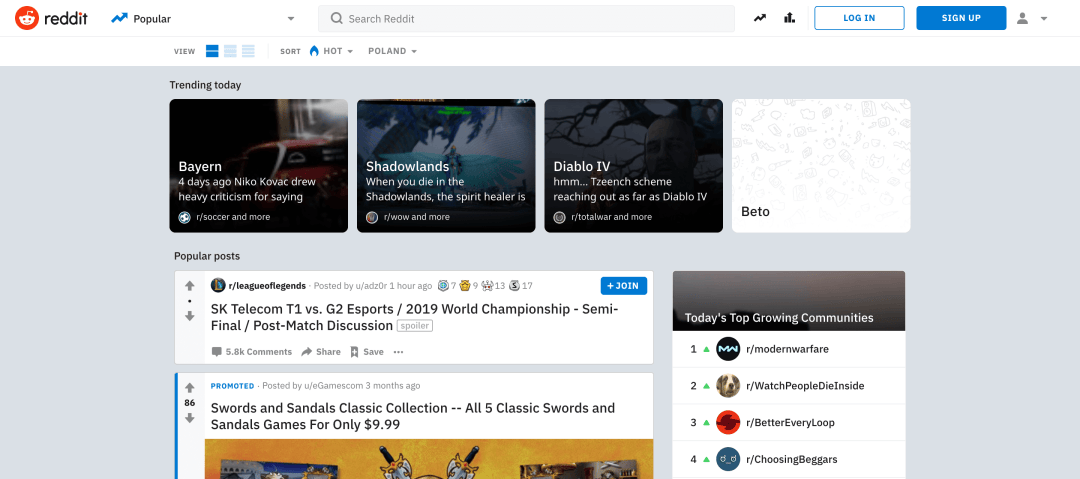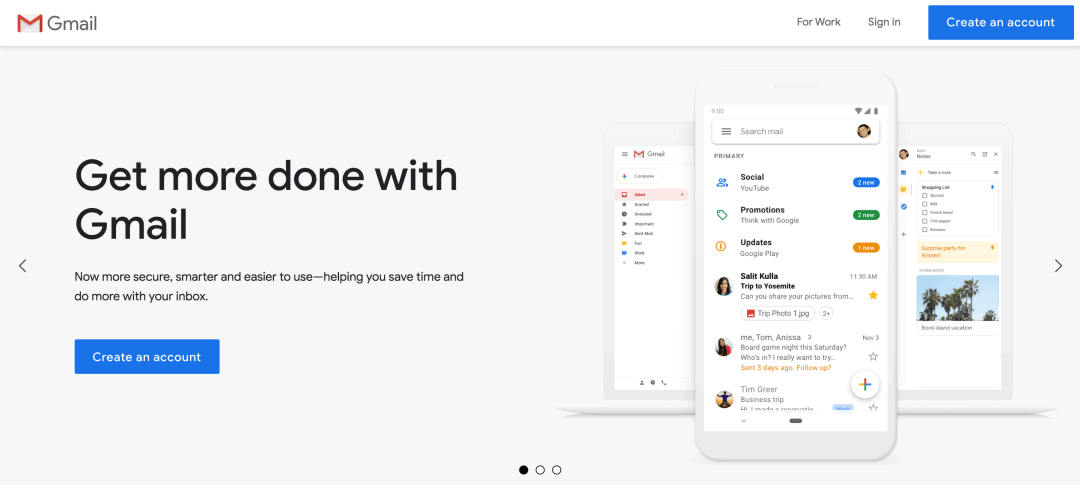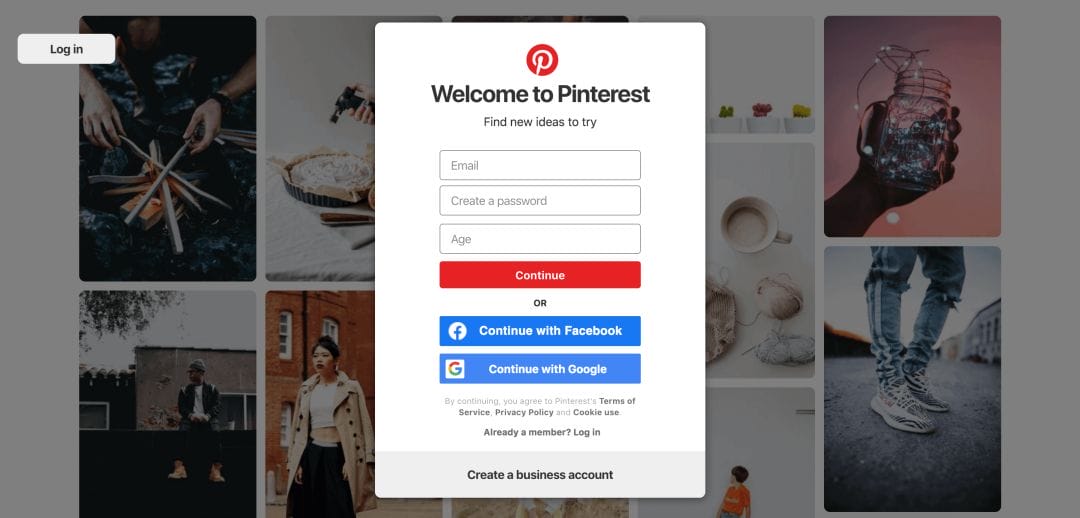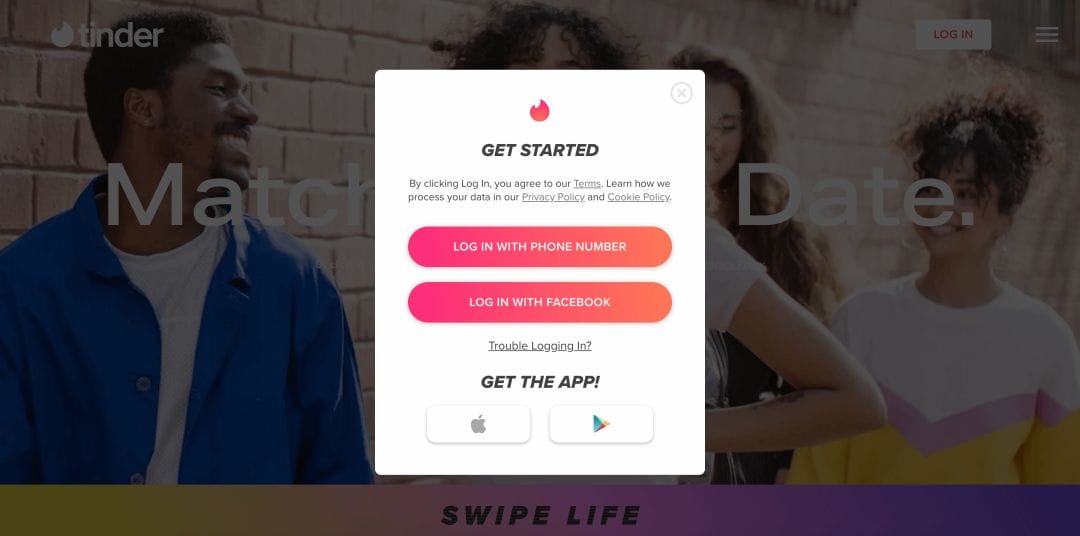
Marketing writers: How to hire a marketing writer for your business
Marketing writers: How to hire a marketing writer for your business
Founder and Editor-in-chief
The Starting Idea
This is the ultimate guide to hiring a marketing writer for your company. In this ultimate guide, we will cover everything you need to look for while scouting and hiring the best content marketing writer for your business.
In fact, if you stick till the end, you will walk away with the exact skills and characteristic traits that I leveraged as a marketing writer to rank no.1 on Google for competitive keywords like :
Startup growth hacking:
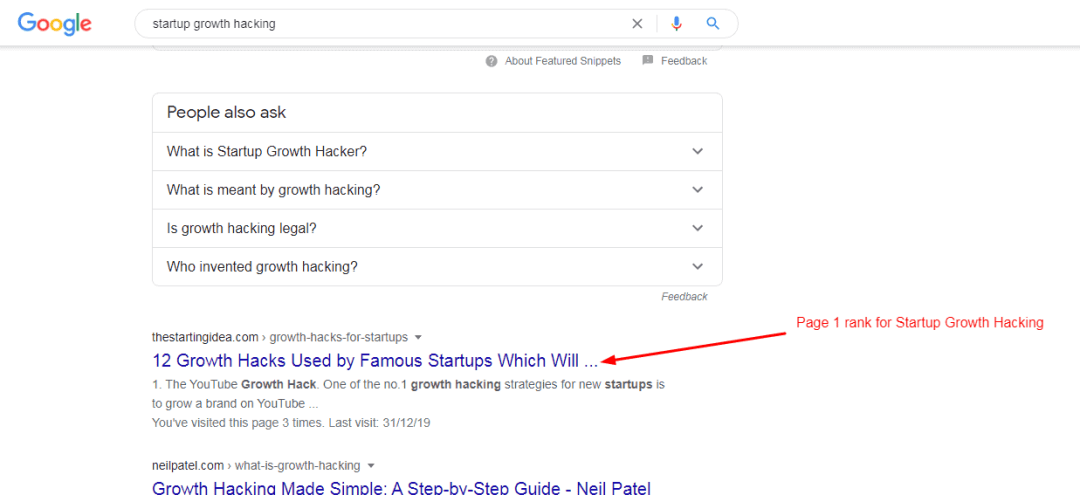
Personal branding guide:
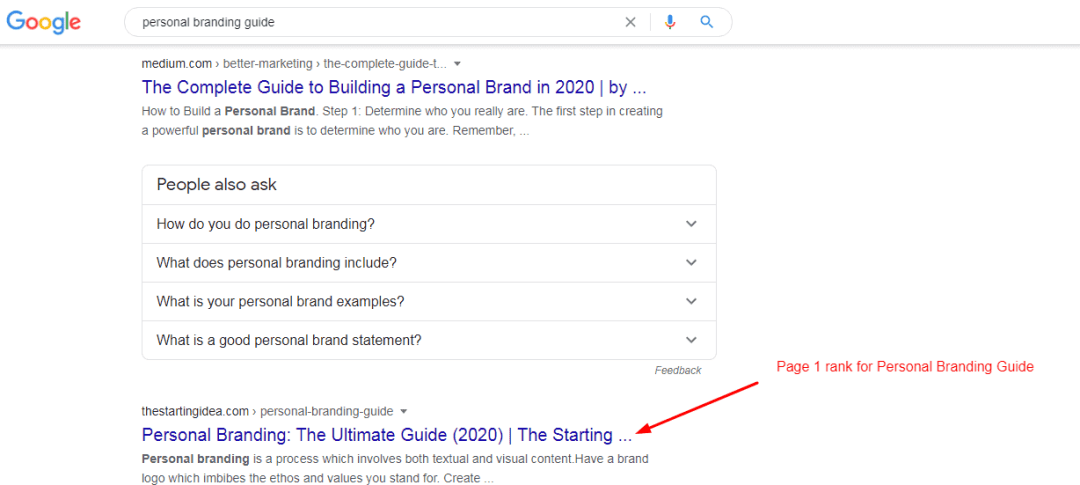
Free Lead Generation Software:
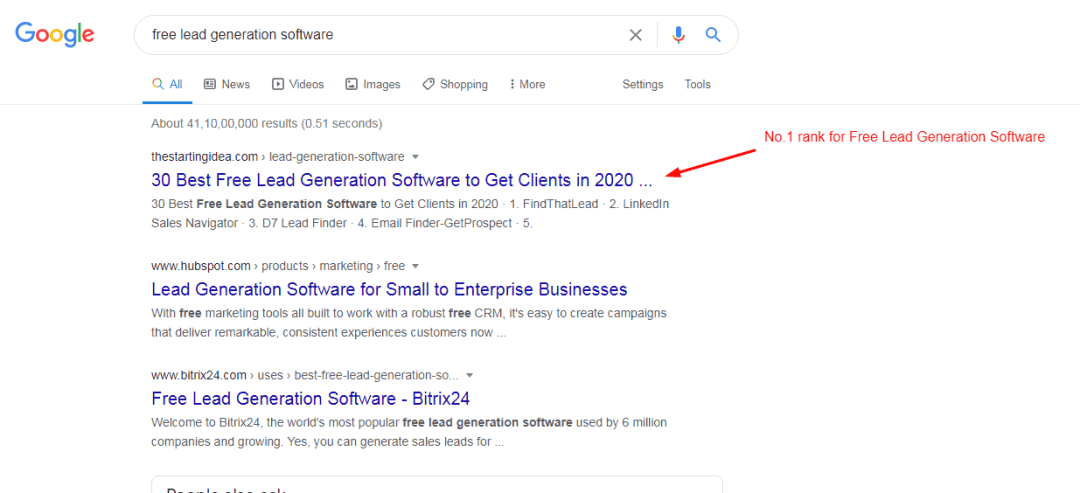
And more.
So how did I achieve such great results with my content?
What is the secret sauce to creating web content that garners authority and gets you sales?
The answer lies in mastering the skills of a marketing writer.
But what exactly does a marketing writer do?
In this ultimate guide, we will cover the 14 essential skills and traits of an expert marketing writer.
Look for these specific 14 skills and characteristics while hiring a professional Marketing Writer for your business:
1. Proficiency in understanding and creating SEO content
Great SEO content is the key to a successful content marketing strategy.
You can do all the technical optimization you need for your site, but without high-quality SEO content, it will be next to impossible to make it rank on search engines and get high-quality traffic.
It all goes to show that SEO content truly is the king of SERPs. Therefore it becomes crucial to create and design your content based on it.
A high-quality marketing writer will know the ins and outs of SERP friendly content that consistently ranks on Google. They will be aware of every major strategy and minor tweaks needed to make your content align with what Google sees as top-quality content, thus making it rank on the 1st page of search results.
But what exactly is SEO content?
SEO content is online content specifically constructed and designed to rank on Google and other search engines.
In other words, SEO content is created to attract search engine traffic (traffic from sites like Google, Bing, and other search engines).
Without high-quality SEO content, you will not be able to reach the full potential of your content marketing strategy.
High-quality content instantly positions you as an authority in your niche. A well-written content piece makes site visitors spend more time on your site and thus improve its search rankings. It also makes site visitors convert into leads and customers for your business.
The consensus is clear: High-quality SEO content is a powerful strategy to scale your business. So look for a content marketing writer that will consistently create top-quality SEO content.
2. Expertise in optimizing content for keywords
AA big step in creating high-quality marketing content is keyword research. A marketing writer must know how to optimize content for revenue-generating keywords.
Keyword research provides crucial insights into what your target audience is actually looking for on the internet. It gives you data on the words and phrases people are typing on search engines while looking for information about your industry.
According to Ahrefs, 90.63% of websites get absolutely no traffic from Google.
To make your content rank and get quality traffic, you need to do prior research on what your target audience is searching for and then create a content plan based on it.
Keyword research delivers crucial information like:
– How tough is it to rank for a given keyword?
– How much traffic will you get if you start ranking for a given keyword?
– What kind of content should you create to rank for the keyword?
Being aware of this critical data will give you the framework and direction you need for creating marketing content that brings traffic and sales.
How should a marketing writer do keyword research?
Here are 3 best keyword research tips that your marketing writer should follow to find all the top keywords in your niche:
1. List down seed keywords.
Your content writer should identify and list down your seed keywords. These are the main keywords that define the niche you operate in.
For example, if your product is a project management SaaS, your seed keyword will be project management software or project management tool.
If still confused, your marketing writer can simply use your Google Search Console Data to get the Search Results report. It will fetch the top 1000 keywords that you are already ranking for.
2. Analyze the keywords your competitor is ranking for.
Another easy way to get all the juicy high-value keywords is by identifying the keywords your competitor is ranking for. Here’s how your marketing content creator can do this:
1) Enter your main seed keyword on Google. See the top sites that are ranking for the keyword. A rule of thumb will be to filter out any mainstream publication appearing in the top results as they will not be an accurate representation of your competitor.
2) Use a free tool like UberSuggest and enter each of the top competitor sites that are ranking for your seed keyword.
3) Go to the traffic analyzer option and click on Keywords. It will give you the list of top keywords that are bringing traffic to your competitor’s site.
Alternatively, your content creator can use a tool like SEMRush to get this done. They simply need to go to semrush.com and enter your competitor’s domain name. Next, under keyword analytics, click on overview. It will fetch all the top traffic-generating keywords your competitor is ranking for.
Pro Content Marketing Writer keyword research tip – One can generate more keywords by analyzing other hidden competitors. Your marketing writer can do this by using a tool like Ahrefs site explorer. Here are the exact steps:
1. Simply go to the Ahrefs site explorer tool and enter your domain name.
2. Next, go to the option called competing domains. This will fetch a whole list of competitors that are competing for the same keywords in your niche.
3. Finally, enter each of these domains on Ahrefs site explorer and go to the organic keyword option. It will fetch all the organic keywords this competitor is ranking for.
Ask your marketing writer to do the same for all the top competitors. This will give you a list of high traffic keywords to optimize your site around.
The Ubersuggest keyword research process
Step 1: Go to UberSuggest and enter your main competitor’s domain. Next, go to the Keywords option under Traffic Analyzer.
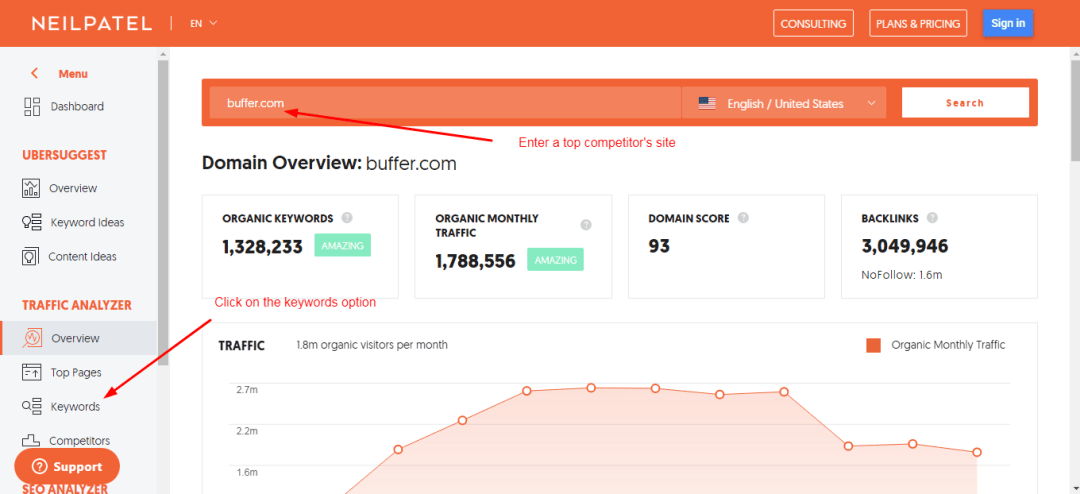
Step 2 – See the keywords your competitor is ranking for. Choose the ones that are most relevant to your product and create content based on it.
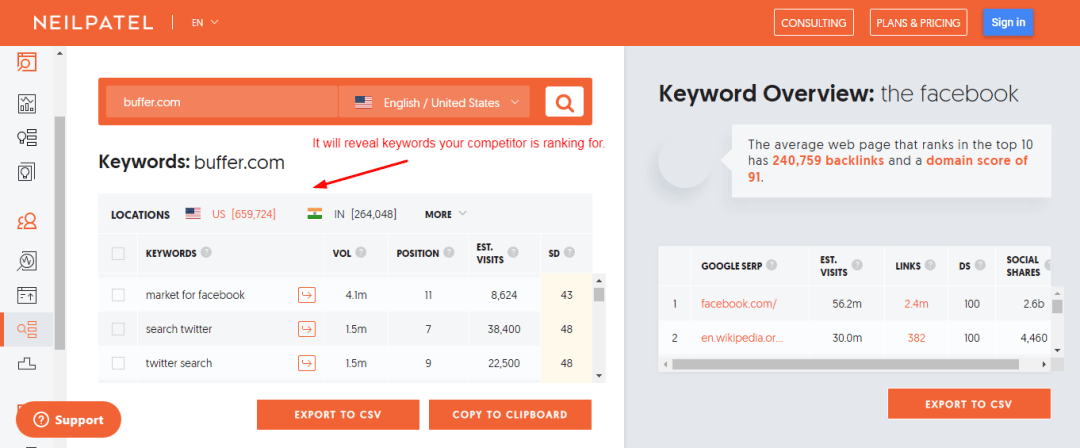
3. Ability to create link-worthy content using the tactic of link-baiting
Getting backlinks from other sites is seen as a vote of approval by Google. In other words, a website with high-quality backlinks is well-suited to be pushed to the top rankings of Google.
But building backlinks is hard work. The usual approach of doing manual email outreach takes a lot of time and often ends with your pitch getting rejected.
Well, not anymore.
The best marketing writers will create link-worthy SEO content that attracts natural backlinks to your site.
This can be done by creating content that is so remarkably detailed and useful that it is cited as a source by other sites.
Here are the 4 best tips for creating link-worthy content:
1. Create data-based posts with original research.
Creating a data-based post with original research is one of the best ways to generate natural backlinks for your business site. This is because content creators often cite original research to back their claims and thus generously link to these types of articles.
A good marketing writer can start by conducting a survey on your email subscribers or do the same on social media, getting their opinion on a particular topic. Next, he can arrange their answers in the form of stats and publish it as a blog piece.
Alternatively, a marketing writer can do a roundup of the top stats on a particular topic and publish it as a blog piece.
2. Create visually-driven content.
Nobody likes to read long drawn out text that looks like academic research. People are visual by nature. Visual assets like graphs, infographics, videos, and images make the content easy to consume. Visual elements also have a higher retaining power.
A study done by Chartbeat shows that 55% of internet users do not read articles for more than 15 seconds. Then what’s the point of writing those big long chunks of a paragraph?
The ideal rule of thumb is to create 2-3 line paragraphs and spice it up with infographics, graphs, and images based on the article. For infographics and graphs, you can use a simple tool like Canva or Visme.
Marketing writer Pro tip – Look for marketing writers who know how to convert your content to video articles. A top-notch marketing writer will take it to the next level by adding a video based on the piece using an article-to-video tool like Rocketium or Lumen5).
Doing so will make your content stand out from the crowd and increase the session time of users who prefer the visual mode of consumption. This kind of visual content is a natural contender for getting organic backlinks.
3. Create results-based case studies.
Creating case studies from your results is a powerful way to add credibility and proof for your product or service.
Case studies based on some new technique or strategy that is driving great results for your brand can instantly position you as an authority. This kind of content is a prime contender for attracting natural backlinks.
Brian Dean’s skyscraper technique or Doug Cunnington’s keyword golden ratio are two great examples of case studies that stand out in the industry for their originality and consistency in delivering results. This kind of content has a great word of mouth potential and can generate a ton of backlinks for your site.
An experienced marketing writer knows how to convert results into case studies and present them as a helpful article to nurture quality customers for your business.
4. Knowledge about the ideal length of content to make it rank on Google
The question that has haunted every beginner SEO since the dawn of Google: How long should my content be to make it rank on Google?
Answer: Go big or go home.
A good marketing writer knows the value of long-form content and will create content for your business based on the principle of creating landmark pieces of content that stand out in the industry.
This is because long-form content is the single most powerful way to make your SEO content work for you and propel you to top rankings.
Long-form content covers a topic in a comprehensive and detailed way, covering more aspects and angles on a given subject than other websites.
This makes the content powerful and authoritative by its sheer depth on the matter.
Why long-form content?
1. Long-form content ranks better.
Back in 2012, SerpIQ did a decisive case study involving 20k keywords and concluded that the average content length of the top 10 results was over 2000 words long. The no.1 spot had an average length of 2416 words, while the 10th spot had an average word count of 2032 words. The conclusion was clear. Long-form content ranks higher on Google.
But why so? Why does long-form content rank better on Google?
Let me explain.
Long-form content covers all the queries of a user, giving them all the answers they need to know about a given topic in one place. This way, they do not need to go away and check another site to close their knowledge gap. They are getting all the information they need from your site.
This increases the average session time of a user and reduces the overall bounce rate. This propels your site to higher rankings on search engines.
2. Long-form content converts better and gets you leads.
Long-form SEO content gets you higher conversions.
It provides transformation for a user, moving them from point A of the problem to point B of the solution, all within the scope of the content piece.
Since you are successfully solving their pain points, it instantly elevates your credibility and authority in the minds of your target audience. This improves the chances of them becoming a lead or customer.
3. Long-form content gets more backlinks.
Long-form content packs a wealth of information within itself, thus making it stand out with its value and potential.
Since the value attached to this kind of content is extremely high, it becomes a natural contender to attract quality backlinks from sites looking to link high-quality sources to their content.
A good marketing writer or B2B writer will know how to create engaging long-form content that drives value to the reader and thus help it rank on top of Google.
5. Usage of advanced SEO copywriting techniques to convert site visitors into leads and sales
A professional marketing copywriter will know how to create content that converts your website visitor into a business lead for your company.
They should be able to create SEO-optimized content pieces that are filled with Cialdini-styled persuasive triggers. This will lead to your content bringing high-quality search traffic and then converting this traffic into leads and repeat customers for your business.
6. Best Marketing Writers are able to detect profitable but unseen opportunities in your niche.
A good marketing writer will possess the technical know-how to find content opportunities with high traffic and low competition.
They will be able to spot low-competition topics that can generate high revenue-generating traffic to your site.
7. Ability to nurture leads from different stages of buyer awareness
A top-quality marketing writer will know the nuances of creating content that targets different stages of buyer awareness. They will be able to create content that accurately caters to audience sets. They will specifically create content for the following audience groups:
A) Problem aware – Prospects are aware of the problem but not aware of a solution to the problem.
B) Solution aware – Prospects are aware of solutions for the problem but not aware of your product as a possible solution.
C) Product aware – Prospects are aware of your product as a possible solution to the problem but not completely sure to buy from you.
D) Most aware – Prospects are aware of your product and are waiting for a deal from you to press the trigger.
The best content marketing writers will create content catering to each of the awareness groups and nurture them to become repeat customers for your business.
8. Ability to lower your site’s bounce rate
An experienced marketing writer will know how to create content that influences and persuades your site visitor to stay on your site and read more.
This kind of high-quality business writer will know the triggers to captivate your audience and appeal to their inner needs with the content they create for your site.
This will lower the bounce rate of your site and propel you to top rankings on Google.
9. A top-quality marketing content writer will ask you questions.
The sign of an elite marketing writer is in their ability to ask probing questions. A high-quality content marketing writer will come with a set of questionnaires that help them understand your industry, competition, the USP of your product, and its advantages over the competition.
In our SEO content creation service, we ask our clients to fill a deep dive questionnaire that helps us identify the nuances of our client’s product and industry.
10. Proficiency in converting your content into captivating stories that sell
A top marketing writer will be able to connect your product with the needs and aspirations of your target audience.
They will be able to package your content in the form of attention-grabbing stories that pique the interest of your prospective customers.
11. Expertise in writing scroll-stopping headlines that people are compelled to click on
In the world of multiple social media channels and a 15-second attention span, you need something really click-worthy to make your audience stop scrolling and pay attention to you.
A good marketing writer will know how to create headlines with multiple curiosity triggers that your audience feels compelled to click on.
Look for content marketing writers that write headlines that open a loop of curiosity that one feels compelled to close.
Example of such headlines are as follows:
15 productivity tips that will make you dominate your goals within 30 days
I have 8 growth hacks that will double your revenue in 30 days. Do you have 2 minutes?
How to use your industry leader’s marketing budget for your own business success.
(The last one is something we actually used for our magazine).
These kinds of headlines instantly grab attention and open a loop of curiosity that your audience is compelled to close by clicking on the article link.
12. Ability to format your content for featured snippets
A good SEO content writer will know how to use the heading tags to furnish your content for the featured snippet position.
The featured snippets position is the desirable rank zero position that makes your content rank above the usual no.1 ranking article while producing a snippet of the piece on the search engine itself.
13. Prowess in enabling the transformation of the reader
A great marketing writer will create content that solves the pain points of your target audience.
They will create content that moves the audience from point A of problem and pain to point B of the solution, all within the span of the content piece.
A good marketing writer will cut out the fluff and give actual valuable advice in the form of steps and strategies that actually move the needle of transformation for your target audience.
13. Sole focus on white hat SEO techniques
This is an often underrated quality that actually can give your business huge benefits in the long run. Always look for quality content marketing writers that solely focus on white hat strategies and play the long game in increasing your domain authority.
There are a lot of sly tactics out there that can make you rank in the short term but can do irreparable damage to your website and business in the long run. Avoid such tactics by hiring a proven content marketing writer that solely focuses on white hat techniques like long-form content and consistent value-focused writing.
14. Ability to check your content for advanced grammar and syntax errors
Top-quality grammar and proofreading skills are a must for any writer. In the B2B world, this becomes all the more important as your content represents your product and business image.
Your entire reputation is at stake.
Hire a content marketing writer that knows how to correct advanced grammatical errors like passive voice misuse and text inconsistencies. An ideal writer will have a 95+ score on Grammarly and an equally high-score on the Flesch-Kincaid readability test.
The Next Step: Hire the best marketing writers for your business and scale your revenue growth.
Looking to hire a professional marketing writer in 2021 that possesses all the above-mentioned advanced content marketing skills?
Work with us directly, and employ our advanced recipes and nuanced growth systems to stay 2 steps ahead of your competition at all times.
Result: A consistent barrage of top-ranking articles that increase your authority and get you a surge of high-quality organic leads and customers for your business.
When you choose us, you are not just opting for a content writing service. You are choosing to implement some of the most advanced strategies and non-traditional content growth hacks that will scale revenue growth for your business.
We will use our 6+ years of SEO experience, ranking over 2100 keywords on Google (outranking industry heavyweights like HubSpot and Forbes) to scale your brand and outrank your competition.
When you work with us, you will get:
Deep-dive questionnaires – This is the first stage of the content growth system we will implement for your blog.
Here we will probe your niche, asking you questions about your product, its USP, top competitors, customer feedback, and other specific but critical aspects of your business. We will use this information to create SEO-optimized content pieces that generate high-quality leads for your company. This will make your brand the epicenter of all things related to your industry.
Blue Ocean Keyword Research: We will use our advanced content research recipes to uncover blue ocean keyword opportunities with high traffic and low competition. These are the juicy opportunities that no one in your industry is looking at.
Blue Ocean Content Research: We will use tools like Ahrefs, SERanking, and iSpionage to decipher the top revenue-generating content pieces of your competitors. Next, we will use this information to implement a winning content plan for your company.
Blue Ocean Competitor Analysis: We will use our competitor research tools to probe blue ocean keyword opportunities that your competition is ranking for.
Comprehensive Content Outlines: Using SEO copywriting systems, we will create content outlines that touch all the aspects of a given topic in the most comprehensive way possible.
Link-baiting tactics: We will implement nuanced link-baiting tactics so that every long-form guide we create generates links due to the sheer value of the content piece.
Conversational story-driven content: We will create conversational content pieces that appeal to the inner needs and aspirations of your target audience. We will structure the content in the form of relatable stories where your prospect can experience a personal transformation and thus form a connection with your brand.
Powerful SEO copywriting triggers: Here we will fill the content we create for you with advanced SEO copywriting triggers. We will optimize the content to make it rank on the SERPs while at the same time pepper the content with Cialdini-styled copy triggers. This will make the content bring organic buyer-intent search traffic and then convert that search traffic to leads and customers for your business.
Complete SEO optimization: We will optimize your content with our in-house SEO checklists and SOPs that have helped us rank on top of Google for more than 2100 keywords. This includes title tag optimization, meta optimization, keyword density optimization, and more.
Clickworthy headlines: As noted in our examples above, when you work with us, we will ensure that the article headlines we create open curiosity loops for the reader. This will lead to higher click-through rates and more traffic generation for your site.
Adding images with alt-tags: We will add relevant images, screenshots, and GIFs to explain the content visually. Wherever applicable, we will annotate these images and screenshots to express the point further.
We will power it all up with alt-tags to drive SEO traffic.
Explainer Videos: In our effort to create multimedia touchpoints, we will create video articles explaining the main points of the content piece. This will lead to an increase in average session time for your site.
Infographics: Our design team will create beautiful infographics to explain the crux of the article in a visual form. This will help in better retention of the information you are trying to convey. This will lead to better brand recognition.
Text-to-Speech article: We will create realistic AI-voiceovers that will convert your articles into mini audiobooks. This will again aid in better consumption of the content piece.
Grammar optimization: We will use premium grammar checking apps like Grammarly to cross-check the content we create for advanced grammar errors and passive voice misuse.
Editing: If after the questionnaire-driven writing and content outline, you still find some aspect missing, we are happy to offer 2 free rounds of content edits for up to 40% of the total article.
CTA seeding: We will use our conversion triggers recipe to cleverly seed subliminal Call-to-actions throughout your content piece, leading to higher conversions and more revenue for your business.
Organized delivery: We love deadlines. Expect timely delivery of output with clear and precise communication of information.
Want to scale your business with a surge of leads, sales, and media authority? DM me on LinkedIn here.
Abhik Shome
Abhik helps entrepreneurs shorten their path to online growth with conversion marketing. He is a leading conversion marketing expert and online marketing thought leader. As CEO of Brand Bridge Solutions, an online marketing agency, Abhik's content has been featured in mainstream media outlets like Inc Magazine, Business Insider, Inc ASEAN, YourStory, and Influencive among others. Abhik is the Founder of The Starting Idea, a business growth magazine focused on giving fast-paced actionable marketing strategies to the modern day entrepreneur. He is also the founder of Product Know, an exclusive library of business software and resources. He has recently authored the book “The Growth Toolbox” covering 210+ tools to grow every aspect of a modern day business. Get it for FREE here. His blogs and articles have been shared and appreciated by top industry experts including Larry Kim, Founder of Wordstream & Mobile Monkey.




